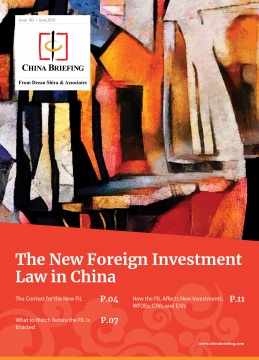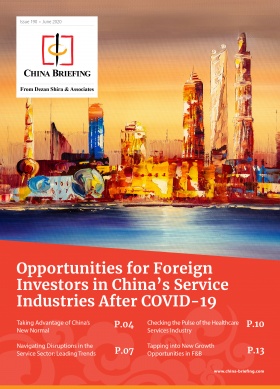Opportunities for Bangladesh Exporters as China Reduces Tariffs to Zero on 97% of All Products
China has reduced tariffs for Bangladeshi imported products under its Preferential Tariff Program from July 1. The result means some 97 percent of all Bangladeshi products from 60 percent. China will now provide duty-free export benefits to an additional 5,161 products from Bangladesh, taking the total number of products to 8,256, including the items admissible under the agreement of the Asia Pacific Trade Agreement (APTA).
Major export items from Bangladesh to China include jute and jute products, plastic products, raw hide and skins, frozen fish and crabs, live eel fish, sesame seeds, and cotton waste products.
Bangladeshi exporters are entitled to export most of the products to China duty-free since 2010. Additionally, duty benefits have also been accessed for many Bangladeshi products exported to China under the third round of the APTA negotiation. Under the fourth round of negotiation, Bangladesh enjoys duty benefits at different rates for 2,372 products.
However, despite the duty benefits, exports to China are not growing.
According to the Export Promotion Bureau (EPB), total exports to China amounted to US$791 million in fiscal year (FY) 2014-15, US$808 million in FY16, US$949 million in FY17, US$695 million in FY18, US$831 million in FY19, and US$557 million in the July to May period of FY20.
The only exception is ready-made garments, which showed consistently positive growth over the years. There are reasons for this, and it involves tariff issues where the APTA clashes with China’s Preferential Tariff Agreement (PTA) as part of China’s Least Developed Nation policy – the two incentives on offer are not synchronized.
Nonetheless, there are opportunities for Bangladeshi companies to trade and increase exports to China. Assuming the product category can be properly identified, which includes assessment of tariffs under both the PTA and APTA agreements together with price competitive analysis, now may well be a ripe opportunity for Bangladesh export manufacturers to look more closely at the China market.
Standard methods to do this involve ensuring any valuable trademarks are protected and registered in China as well as using corporate entities, such as low cost base operations as Foreign Invested Commercial Enterprises (FICE), which allow foreign investors to possess both export and import licenses for China and cut out the need for local Chinese middlemen – important in competitive markets such as China. We wrote about registering trademarks in China here and about using FICE in the article Starting a Business in China: When to Use the FICE Model.
Given the new tariff status, there is plenty of room for Bangladesh export manufacturers to take advantage of the China market. Research and inquiries made to professional firms who can assist should be a first step.
Related Reading
-
- The China Alternative – Bangladesh
 The New Foreign Investment Law in China
The New Foreign Investment Law in China
Looking to restore the confidence of foreign investors, China passed a new Foreign Investment Law in March 2019, which came into effect January 2020. This magazine discusses the new legal framework to govern foreign investment in China and assesses how the Law has addressed long-standing concerns of the overseas business community.
About Us
China Briefing is written and produced by Dezan Shira & Associates. The practice assists foreign investors into China and has done so since 1992 through offices in Beijing, Tianjin, Dalian, Qingdao, Shanghai, Hangzhou, Ningbo, Suzhou, Guangzhou, Dongguan, Zhongshan, Shenzhen, and Hong Kong.
Please contact the firm for assistance in China at china@dezshira.com. We also maintain offices assisting foreign investors in Vietnam, Indonesia, Singapore, The Philippines, Malaysia, Thailand, United States, and Italy, in addition to our practices in India and Russia and our trade research facilities along the Belt & Road Initiative.
- Previous Article Come gestire il lavoro dei dipendenti stranieri e i permessi di residenza: Serie Divieti di Viaggio COVID-19 in Cina
- Next Article Dezan Shira’s Chris Devonshire-Ellis on Handling COVID-19: “It’s What You Do Next That Matters”







